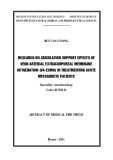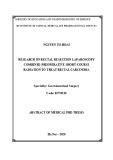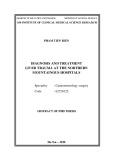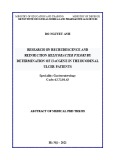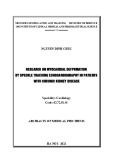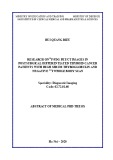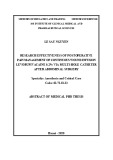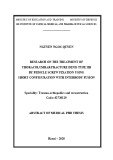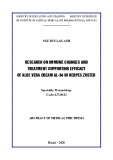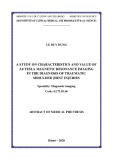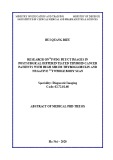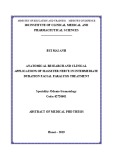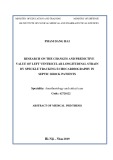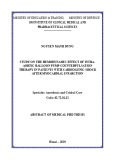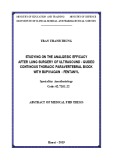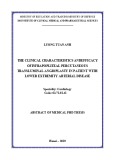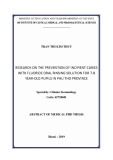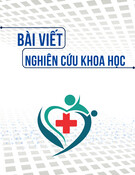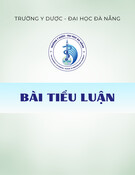
1
INTRODUCTON
1. The urgent and demand of the study
Septic shock is the major cause of hospitalization and also the
leading cause of death in ICU. Septic shock can lead to organs
dysfunction including cardiovascular system. Prevalence of cardiac
dysfunction in patients with septic shock is aproximately 60-70%. This
disorder aggravates the condidtion of disease and increases the mortality
rate. Echocardiography is nowadays one of the first line investigations in
patients with septic shock because of its accessibility and noninvasive
nature. In sepsis and septic shock, however, assessment of myocardial
function by conventional echocardiographic parameters such as left
ventricular ejection fraction (LVEF) is affected to a large degree by
ongoing changes in preload and afterload conditions.
Speckle tracking echocardiography (STE) is a novel technology
of echocardiography. Compared to LVEF, STE is affected to a much
lesser degree by changes in ventricular loading conditions, angle -
independent and reproducible. This method based on a semi-automated
algorithm that tracks the displacement of acoustic “speckles” in the
myocardium, the change in length of myocardial segments are measured.
Global longitudinal strain is a valuable index in assessing left ventricular
function, in the prognosis of cardiovascular events and mortality
prognosis. In worldwide, the application of STE in clinical practice is
being studied, especially in investigating cardiac function in patients with
septic shock. However, there have not been any studies about it in
Vietnam. Therefore, this is a novel and scientific issue and maybe benefits
to doctors in the management of septic shock.








